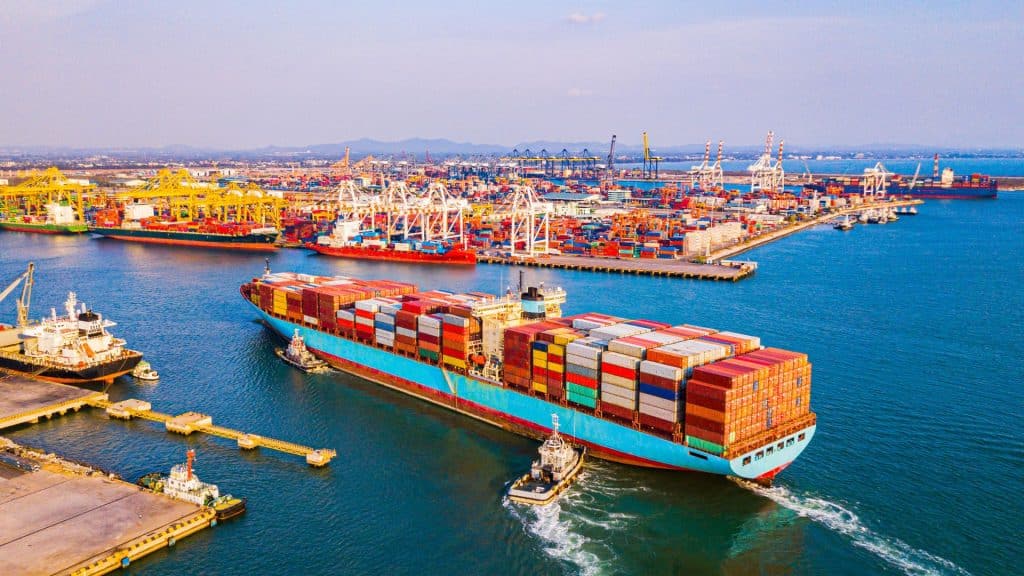THREAT OF PORT STRIKES ACROSS NORTH AMERICA HAS SHIPPERS ON EDGE
The threat of port strikes across North America continues to send jitters across already stressed supply chains. Canada’s Industrial Relations Board (CIRB) over the weekend ruled that a planned 72-hour strike against DP World in Canada went against the country’s labour code, narrowly averting a three-day shutdown this week. The ILWU Ship & Dock Foremen Local 514 had given formal notice to its employer on Friday for action to start on Monday leading to a frantic weekend of negotiations and discussions to avoid a strike. ILWU 514, which represents close to 600 workers, has been negotiating since November 2022 and is asking for wage increases and retirement benefits, among other demands. Earlier this month, contract negotiations broke down between the International Longshoremen’s Association (ILA) and the US Maritime Alliance. The current agreement, which covers about 45,000 dockworkers at facilities including six of the 10 busiest US ports, expires September 30.
SHIPPING’S WINNERS AND LOSERS FROM AN END TO THE RED SEA SHIPPING CRISIS
Despite belligerent rhetoric and videos and images of enhanced military assets, it has now been eight days since the last confirmed incident in the Red Sea reported by merchant vessels to the United Kingdom Maritime Trade Operations (UKMTO). This comes after a severe escalation by the Houthis in June both in terms of the number of attacks and their sophistication, and while navies in the region continue to take down drones, speculation is growing that the drop in confirmed attacks could be linked to high-level diplomatic activity going on around the Middle East to ensure some form of ceasefire between Israel and Hamas whose bitter war entered its tenth month over the weekend. While many shipping analysts in recent weeks – including from Jefferies, Cleaves and Bank of America – have predicted the ongoing Red Sea shipping crisis will continue into the first half of next year, others have been turning their attention to what would happen to the markets in the event some form of ceasefire was achieved. The Houthis have repeatedly stated that their campaign against merchant shipping – brought about with the aid of military intelligence and hardware from Iran – will carry on for as long as Israel remains at war with Hamas.

PORTS OF INDIANA TO ESTABLISH CONTAINER PORT SERVING CHICAGO METROPOLITAN AREA
U.S. Customs and Border Protection (CBP) has approved a proposal from Ports of Indiana-Burns Harbor to establish the first international sea cargo container terminal on Lake Michigan. This would create the only all-water container route for ocean vessels to serve the greater Chicago metropolitan area via the Great Lakes. The Burns Harbor terminal is located in northwest Indiana, inside the Greater Chicago Metropolitan Area and within sight of the Chicago skyline. It is part of the 25th largest U.S. port, which handles 25 million tons of cargo annually and generates $16.6 billion in annual economic impact. The Chicago metropolitan area is the third largest in the U.S. with a population of 9.6 million people and is home to the largest intermodal container market in North America. Currently all containers moving through the Chicago market travel by rail or truck. In support of this effort, Ports of Indiana has already garnered memorandums of understanding from potential partners as well as letters of support from other Great Lakes ports and more than 35 government officials, businesses and trade associations.
TEXAS ENERGY INDUSTRY ASSESSES DAMAGE AFTER HURRICANE BERYL BATTERS GULF COAST
The Texas energy industry was evaluating the impact from Hurricane Beryl on Monday after the powerful storm lashed the U.S. Gulf Coast, closing key shipping ports and hitting the oil refining and production sectors. Beryl made landfall near the coastal town of Matagorda, Texas, on Monday morning, packing maximum sustained winds of 80 mph (129 kph) and posing problems for the heart of the country’s energy sector. The storm had strengthened to a Category 1 hurricane before landfall but was downgraded to a tropical storm mid-morning and began weakening throughout the day. It is forecast to move across eastern Texas and into the Lower Mississippi Valley and Ohio Valley later in the week, according to the U.S. National Hurricane Center (NHC). The port and the channel had closed on Sunday. At least three vessels entered the Corpus Christi Bay on Monday, ship tracking data on Kpler and LSEG showed. Terminal operations at the Port of Houston will remain closed on Tuesday as it continues to assess and repair damage on Monday afternoon, the port said in a statement. “We are still dealing with rain and wind,” a spokesperson said.